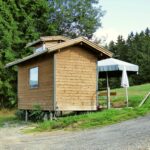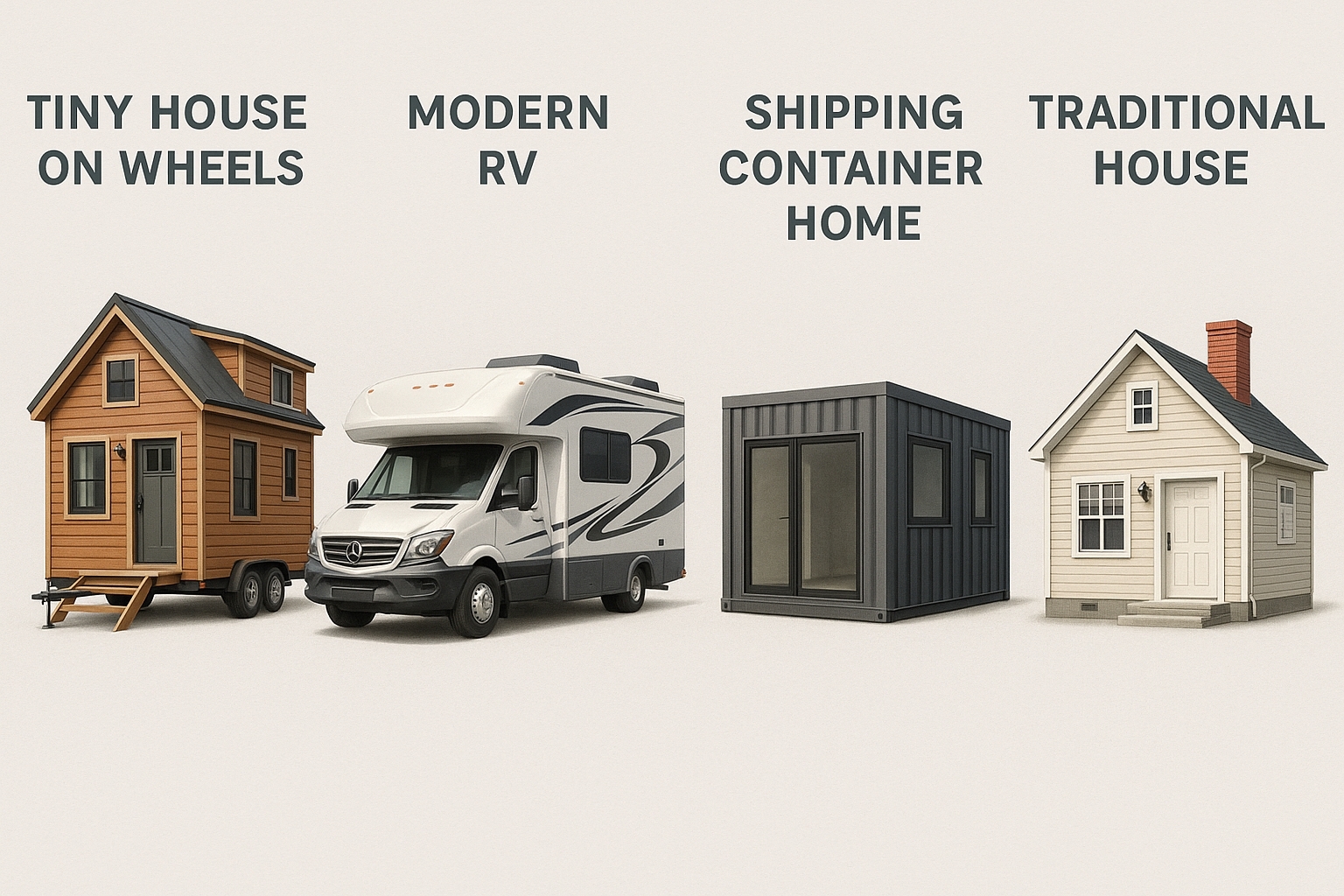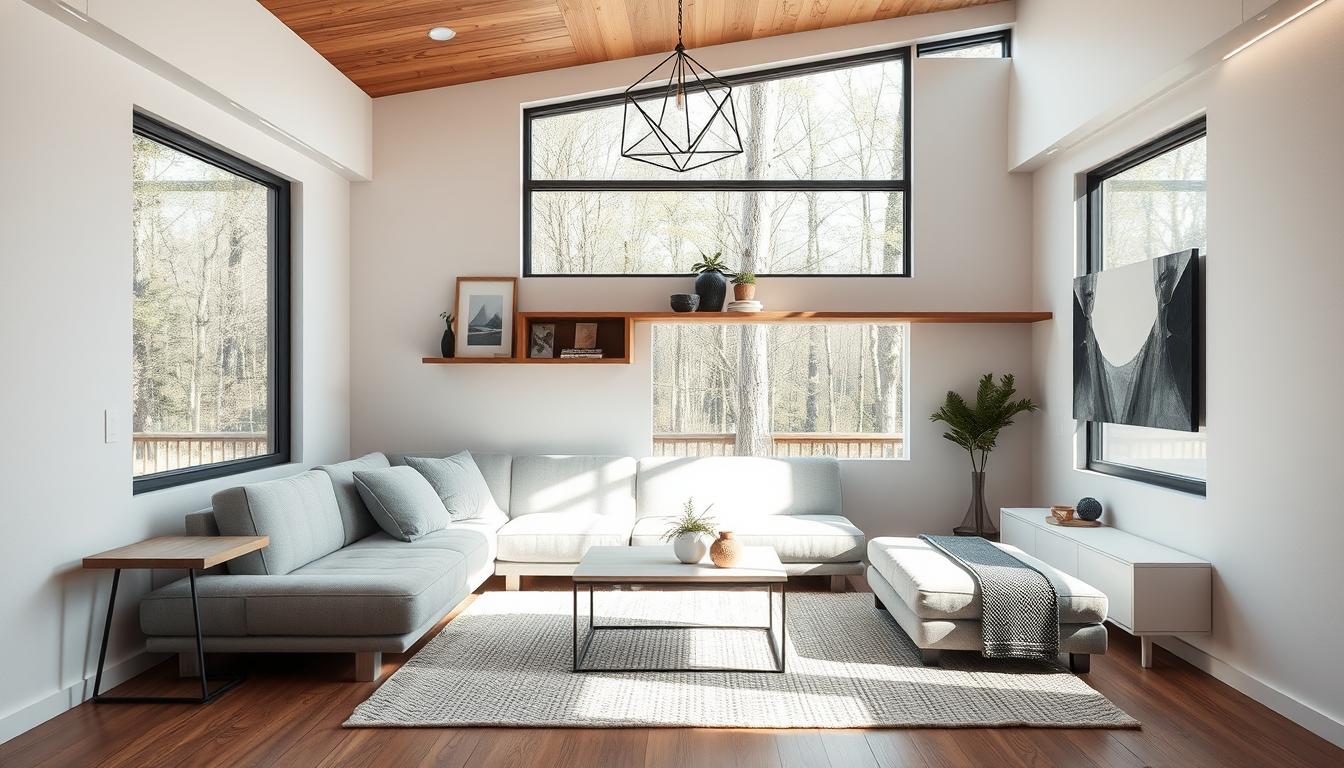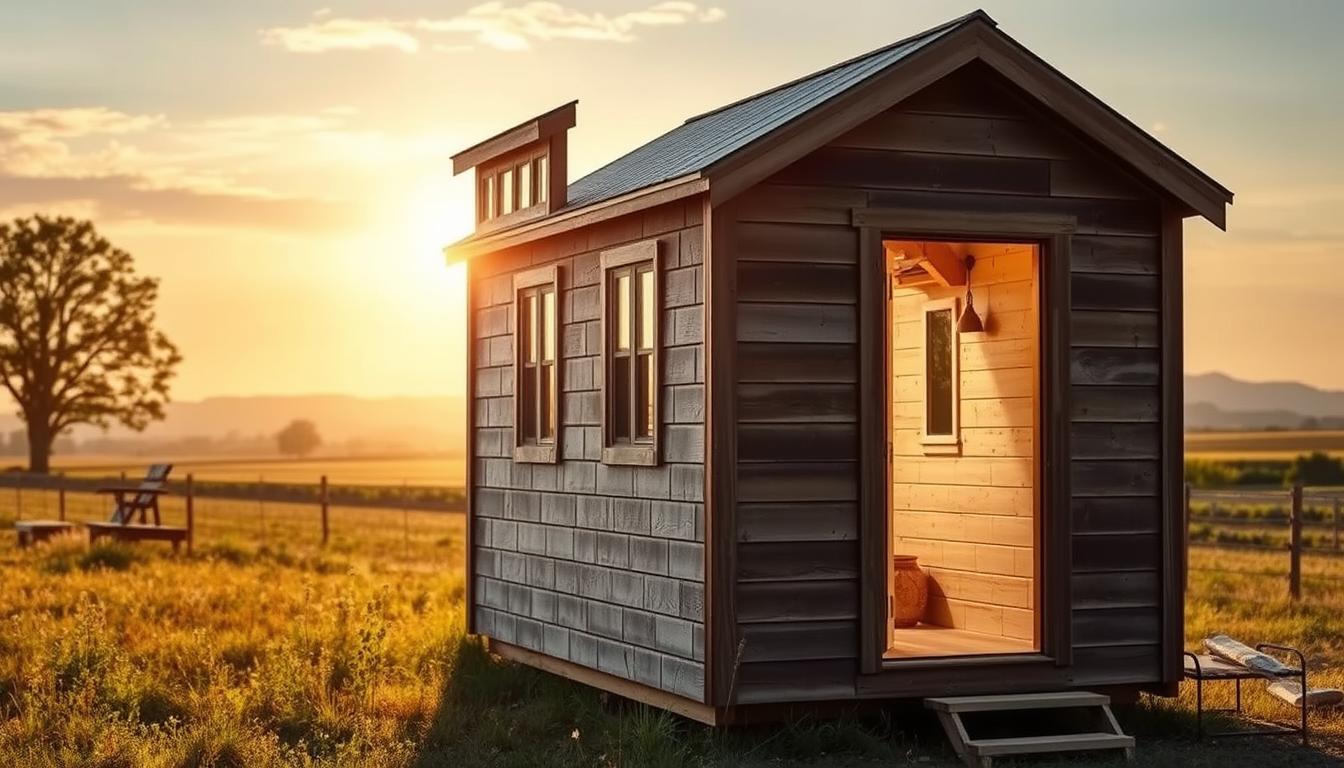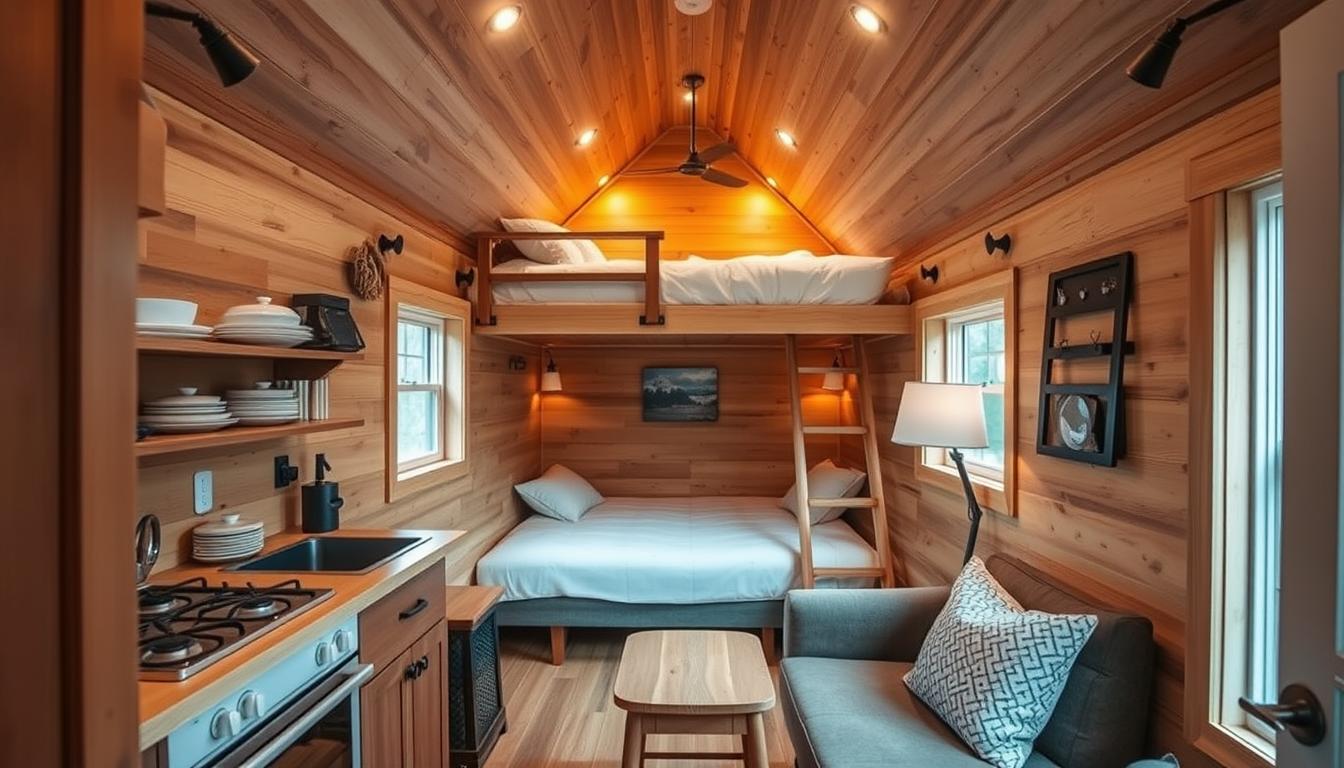Are you ready to embrace the simplicity and freedom of tiny house living? If so, finding the perfect piece of land to park your cozy abode is the next step on your journey. However, with rising real estate prices and limited availability, acquiring affordable tiny house land can be a challenge. Fear not! In this ultimate guide, we will explore various strategies and resources for finding the perfect plot of land without breaking the bank. Get ready to discover the key to unlocking your dream tiny house lifestyle.
Why Choosing the Right Land for Your Tiny House Is Essential: A Comprehensive Guide
Choosing the Right Land for your tiny house is crucial to ensure that you have a safe and comfortable living space. The first thing to consider is the location of the land. Is it near your workplace or other essential amenities? Accessibility is also a key factor to consider. Will you be able to get in and out of the property easily? The size of the land is another important factor. Make sure it’s big enough to accommodate your tiny home and any additional structures you may want to build. Check for utilities such as water, electricity, and sewage connections. It’s also important to consider the topography of the land. Is it flat or sloping? Lastly, take into account any environmental factors such as flooding or wildfires that may affect your safety and comfort. By carefully considering these factors, you can find affordable tiny house land that meets all your needs.
Top Factors to Consider When Buying Affordable Tiny House Land
When looking for affordable tiny house land, it is important to consider several factors before making a final decision. First and foremost, research the zoning laws and regulations in your desired area to ensure that you can legally place your tiny home there. Look for areas with relaxed building codes and fewer restrictions on alternative sewage systems or water sources. Consider purchasing land that needs some work as this may bring down the overall cost of purchase while providing value addition opportunities.
Think about accessibility, both in terms of location and infrastructure – access to utilities such as electricity, gas lines, or internet service providers may require additional costs if not already connected on-site. Check for access roads leading up to the property; narrow winding roads can present challenges when towing a trailer onto the lot.
Furthermore, analyze geotechnical reports about soil type (sandy vs clay) available vegetation coverage – rocky terrain will require more expensive excavation fees than flat lands & any issues related to flooding history or susceptibility.Native flora like Poison ivy should be accounted into site preparation chores adding extra expense.
Lastly, have a clear idea of what you want from your tiny home lifestyle long-term before buying land so that you invest smartly as per your preferences with due diligence towards it’s proper implementation.

How to Find Great Deals on Tiny House Land: Tips, Tricks and Resources
Finding affordable tiny house land can be a challenge, but there are several resources available to help you in your search. One option is to check online classifieds such as Craigslist or Facebook Marketplace for listings in your desired area. You can also reach out to local real estate agents who may have knowledge of available land or be able to connect you with landowners. Another option is to attend tiny house festivals or workshops where you can network with other tiny house enthusiasts and potentially find leads on available land. Additionally, there are websites specifically dedicated to connecting tiny house owners with landowners, such as Tiny House Listings and LandWatch. Don’t be afraid to get creative and think outside the box when searching for your perfect piece of tiny home land.

Zoning Laws and Regulations You Need to Know Before Acquiring Tiny House Land
Understanding Zoning Laws and Regulations for Tiny House Living
Before purchasing land for your tiny house, it’s crucial to understand the zoning laws and regulations in your area. Zoning laws dictate what type of structures can be built on a piece of land, and regulations determine the minimum size requirements for homes.
Some areas have specific zoning laws for tiny homes, while others do not. It’s important to research the local laws and regulations to ensure that you can legally live in a tiny home on the land you’re considering. Additionally, some areas may require permits or inspections before allowing a tiny home to be placed on the property.
By understanding the zoning laws and regulations in your area, you can avoid costly fines or legal issues down the road.
Navigating Local Building Codes for Affordable Tiny House Land
Before acquiring affordable land for your tiny home, it’s important to understand the zoning laws and regulations in your area. Some places have strict minimum square footage requirements for homes or require a permanent foundation, making it difficult to legally place a tiny house on the property. Navigating local building codes can be confusing, but it’s crucial to ensure that you are following all required permits and inspections to avoid fines or legal issues down the line. Researching the specific zoning laws and building codes in your desired location will help you determine if finding affordable land for your tiny house is feasible within legal limits.
Finding the Right Location: Factors to Consider When Choosing Tiny House Land
When searching for tiny house land, it’s important to consider zoning laws and regulations that may impact where you can place your home. Look for areas with flexible zoning laws, or find an area in which tiny houses are explicitly allowed. Another factor to consider is the accessibility of utilities like water, electricity, and sewage systems. Additionally, think about the climate and terrain of a potential location – will your chosen site be able to support your lifestyle? Keep these factors in mind when exploring locations so you can find the perfect spot for your tiny house dream.
Overcoming Legal Hurdles: Tips for Acquiring Affordable Tiny House Land
Before you purchase any land for a tiny home, ensure that you have done enough research on the zoning laws and regulations in the area. Zoning ordinances and permit restrictions could prevent or complicate your plans to build or place your tiny house on a property. It is essential to know whether the land is zoned for residential use, has building codes requirements, utilities access or if there are required setbacks.
To overcome legal hurdles, consider consulting with professionals such as a real estate agent,land surveyor, local building inspector or attorney specializing in eco-friendly housing projects. These experts will help navigate complex zoning and permitting regulations to avoid costly mistakes while ensuring compliance with legal requirements.

Financing Options for Your Dream of Owning a Piece of Property for your Tiny Home
When it comes to financing your tiny house land, there are several options available. One option is to take out a personal loan. This type of loan is unsecured, meaning you don’t have to put up any collateral. However, interest rates can be high and repayment terms may be shorter than other types of loans.
Another option is to consider owner financing. This is when the seller of the land acts as the lender and allows you to make payments over time. This can be a great option if you don’t qualify for traditional financing or if you want more flexibility in your payment terms.
You can also explore crowdfunding as a way to finance your tiny house land. Crowdfunding platforms allow you to raise money from a large group of people who are interested in supporting your project.
Lastly, consider partnering with friends or family members who are interested in investing in your tiny house dream. This can be a great way to split the cost of the land and share ownership responsibilities. Whatever financing option you choose, make sure to do your research and carefully consider all the terms and conditions before signing on the dotted line.

The Pros and Cons of Leasing vs Buying Land for Your Tiny Home
Understanding the Pros and Cons of Leasing Land for Your Tiny Home
Leasing land for your tiny home can be a great option if you’re not ready to commit to buying a piece of property. One of the biggest advantages is that it allows you to test out different locations and see what works best for you before making a long-term investment. Additionally, leasing can be more affordable upfront, as you won’t have to pay a large sum of money for the land.
However, there are also some downsides to consider. Leasing typically means that you’ll have less control over the property and may be subject to restrictions set by the landowner. You’ll also need to factor in the cost of rent into your overall budget, which can add up over time. Ultimately, whether leasing or buying is right for you will depend on your individual needs and circumstances.
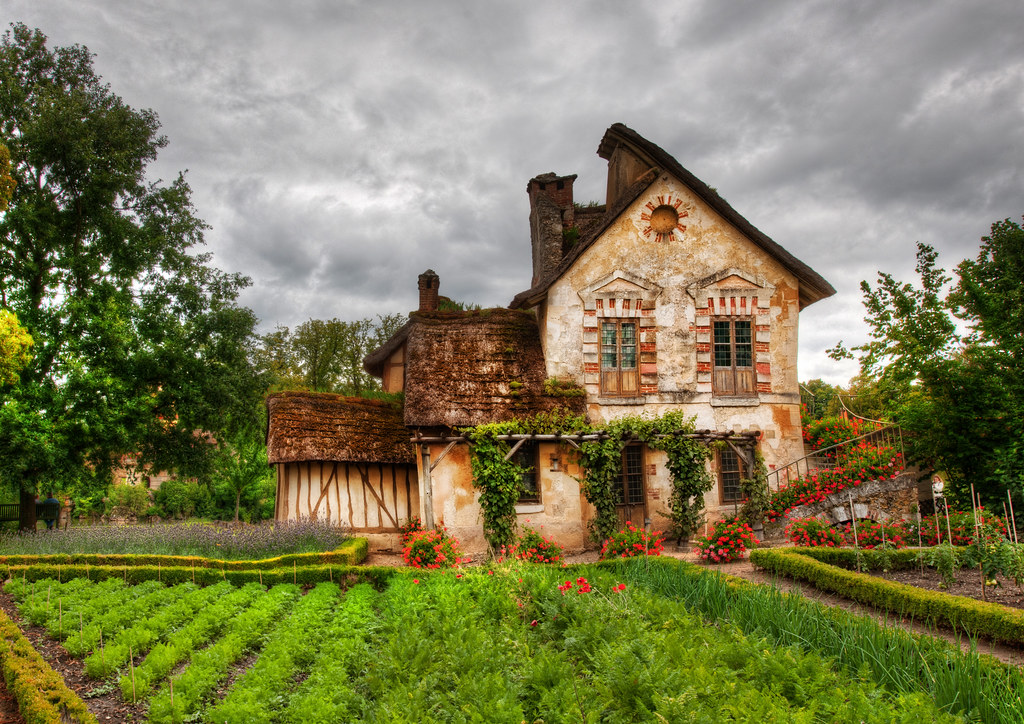
Off-Grid or Connected: Which Power Source is Best Suited For Your Needs?
One of the biggest decisions you’ll face as a tiny house owner is how to power your home. You have to decide between being off-grid, relying entirely on solar panels, wind turbines, or other alternative energy sources; or connecting to traditional utilities like electricity and water.
The off-grid option offers complete freedom from utility bills and can be an environmentally friendly choice. However, it requires more upfront investment in equipment and may require a larger solar panel array or wind turbine than expected.
On the other hand, opting for traditional utilities provides more convenience but at a higher cost. Some land parcels may not even offer easy access to these utilities, making off-grid living mandatory.
Whether you choose one path over the other will depend heavily on personal preference and lifestyle goals. Consider hiring an expert in this field who can help design a system that works perfectly for your unique needs!

Building Codes 101 – What You Need To Know About Permitting And Inspections.
Building codes are essential for ensuring the safety and structural integrity of your tiny home. Before building, it’s important to check with your local government to determine what permits and inspections may be required. Keep in mind that different states have different requirements, so do your research to avoid any legal issues down the road.
Some key factors to consider include minimum square footage, height restrictions, plumbing and electrical requirements, as well as fire codes. Additionally, some areas require that you work with a licensed contractor or architect when building a tiny home.
When applying for permits, make sure all plans meet the necessary zoning laws and regulations before submitting them for approval. It’s also a good idea to hire an experienced engineer who can assist you in preparing plans that comply with local building codes.
Remember: Building without proper permits can result in hefty fines and even forced demolition of your tiny home!
Preparing the Site/Area Around Your New Tiny Home – Tips & Techniques
Once you have acquired your affordable tiny house land, it’s time to prepare the site for your new home. The first step is to clear the area of any debris, rocks, or trees that may be in the way. This will give you a clear space to work with and ensure that your tiny home is level.
Next, lay a foundation for your tiny home. This can be done with concrete blocks or a gravel pad. A solid foundation will prevent your home from shifting or settling over time.
It’s also important to install utilities such as water, electricity, and sewage. If you’re going off-grid, you’ll need to install solar panels and a composting toilet.
Finally, add personal touches to your outdoor space. Consider adding a patio or deck for outdoor living space, planting a garden or landscaping around your tiny home.
By following these tips and techniques for preparing the site/area around your new tiny home, you’ll be able to create a comfortable and functional living space that meets all of your needs.
In conclusion, finding and acquiring the perfect piece of land for your tiny house is a process that requires careful research and planning. By considering factors such as zoning laws, financing options, power sources and building codes early on in the process you can ensure a smooth journey towards realizing your dream of owning a tiny home on affordable land. We hope this guide has provided you with useful insights into navigating this important decision-making process.
At OTH, we are committed to providing valuable resources for those interested in learning more about the world of tiny homes. For more informative articles related to tiny house living or other related subjects, be sure to check out our content library today!
